Ms. Wu Jianxiong was born in 1912 into an intellectual family in Liuhe, Jiangsu (China). From a young age, she showed an aptitude for Mathematics and Natural Sciences . She studied at the Second Women's Normal School in Suzhou, part of the National Central University of Nanjing (now Nanjing University).
In 1934, she graduated as valedictorian in Physics from Nanjing National Central University. In 1936, with financial support from her uncle, she went to the United States to study. There, she enrolled in the University of California, Berkeley (USA) to study Nuclear Physics. In 1940, she successfully published a research paper on nuclear fission and radioactivity in the prestigious Physics journal in the United States.
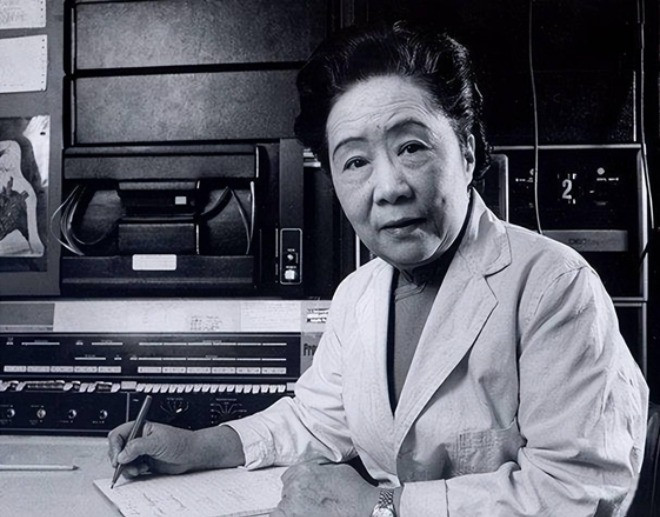
To continue her in-depth research in the field she was pursuing, in 1942, she applied to stay at the University of California as a teaching assistant. In 1944, she resigned to join Columbia University (1944-1980). At this time, the American physicists spread the word that if the experiment she performed would be absolutely accurate. Therefore, in 1944, she was invited to participate in the Manhattan Project. This was a top-secret project to develop the American atomic bomb. Here, her task was to improve the Geiger counter to detect radiation and enrich uranium in large quantities. Through the process of gaseous diffusion, she developed a method to separate uranium atoms into charged uranium-235 and uranium-238 isotopes.
It was her research that contributed to the development of the American atomic bomb when World War II broke out. After World War II, she continued to teach at Columbia University. In 1958, she was officially appointed professor by the school at the age of 46. One of her other contributions was her research on radioactive decay.
To carry out this research, in 1950, she embarked on an experiment to test the law of conservation of parity. In addition to her, the research also had the participation of two colleagues, physicist Lee Chinh Dao (Columbia University) and Yang Chan Ninh (Institute for Advanced Study at Princeton).
After a long period of experimentation, in 1956, she came to the final conclusion, the cobalt crystal nucleus emitted electrons on one side but not on the other. This meant that she had successfully proven the law of conservation of parity to be completely wrong.
This major breakthrough helped two physicists, Lee Chinh Dao and Yang Zhen Ning, win the Nobel Prize in Physics in 1957, for their work on the Theory of Parity Violation , based on the Wu Chien Hung Experiment. Because both colleagues received the Nobel Prize but she did not, this caused much controversy and discontent in the scientific community.
In parallel with her research on the law of parity, she conducted a series of important experiments in Nuclear and Quantum Physics. In particular, in 1949, she was the first to confirm the beta decay theory of physicist Enrico Fermi in 1933 (discovering how atoms become more stable and less radioactive).
Although she did not receive a Nobel Prize, she is still recognized as one of the greatest scientists of the 20th century. With her revolutionary research for world science, she is also known as the "nuclear queen".
During her research, she received several prestigious awards: the Comstock Physics Prize (1964), the Tom W. Bonner Prize in Nuclear Physics (1975), the US National Medal of Science (1975), and the Wolf Prize in Physics (1978).
In 1997, she passed away in the US due to a serious illness. In her final years, her only wish was to return to her homeland, but she could not do so. Therefore, after she left this world, her husband brought her ashes back to her homeland and buried them under a myrtle tree in the yard of Minh Duc School - the first school for girls in China founded by her father - where she also studied as a young girl.
Fulfilling her last wish, the tombstone was engraved with the words: "Wu Chien-Hung was an outstanding citizen of the world and forever Chinese."

Source: https://vietnamnet.vn/danh-tinh-nu-hoang-hat-nhan-tung-gop-phan-che-tao-bom-nguyen-tu-2384320.html


![[Photo] Prime Minister Pham Minh Chinh and United Nations Secretary-General Antonio Guterres attend the Press Conference of the Hanoi Convention Signing Ceremony](https://vphoto.vietnam.vn/thumb/1200x675/vietnam/resource/IMAGE/2025/10/25/1761391413866_conguoctt-jpg.webp)

![[Photo] Prime Minister Pham Minh Chinh receives United Nations Secretary-General Antonio Guterres](https://vphoto.vietnam.vn/thumb/1200x675/vietnam/resource/IMAGE/2025/10/25/1761390212729_dsc-1484-jpg.webp)


![[Photo] National Assembly Chairman Tran Thanh Man receives United Nations Secretary-General Antonio Guterres](https://vphoto.vietnam.vn/thumb/1200x675/vietnam/resource/IMAGE/2025/10/25/1761390815792_ctqh-jpg.webp)
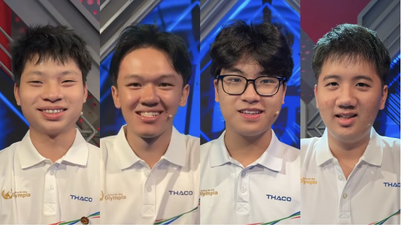
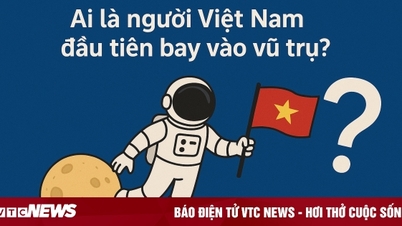

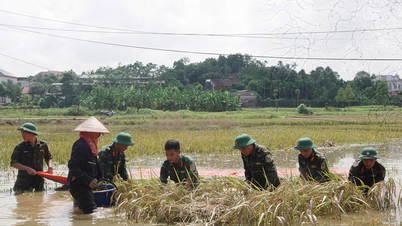

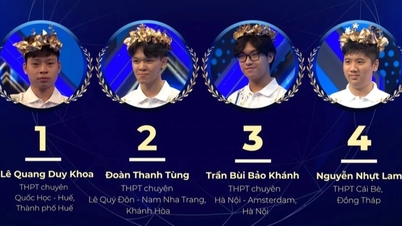

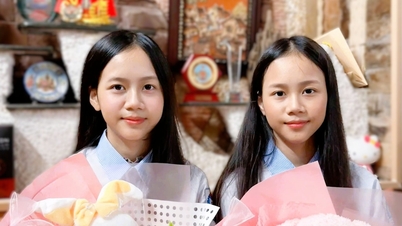
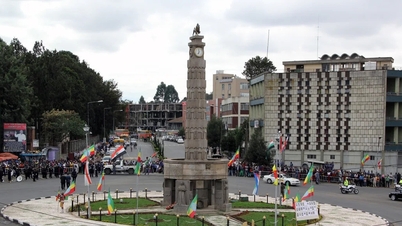


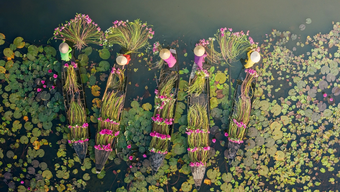


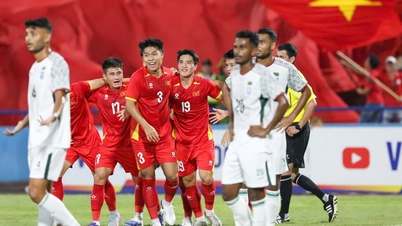


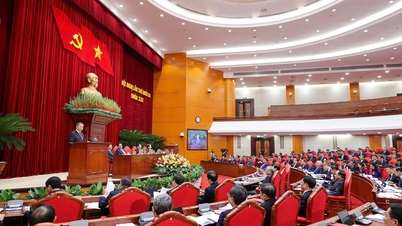
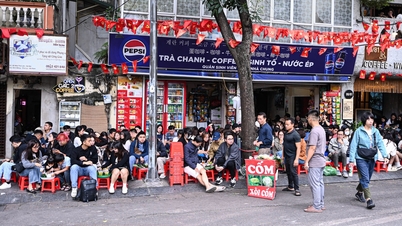
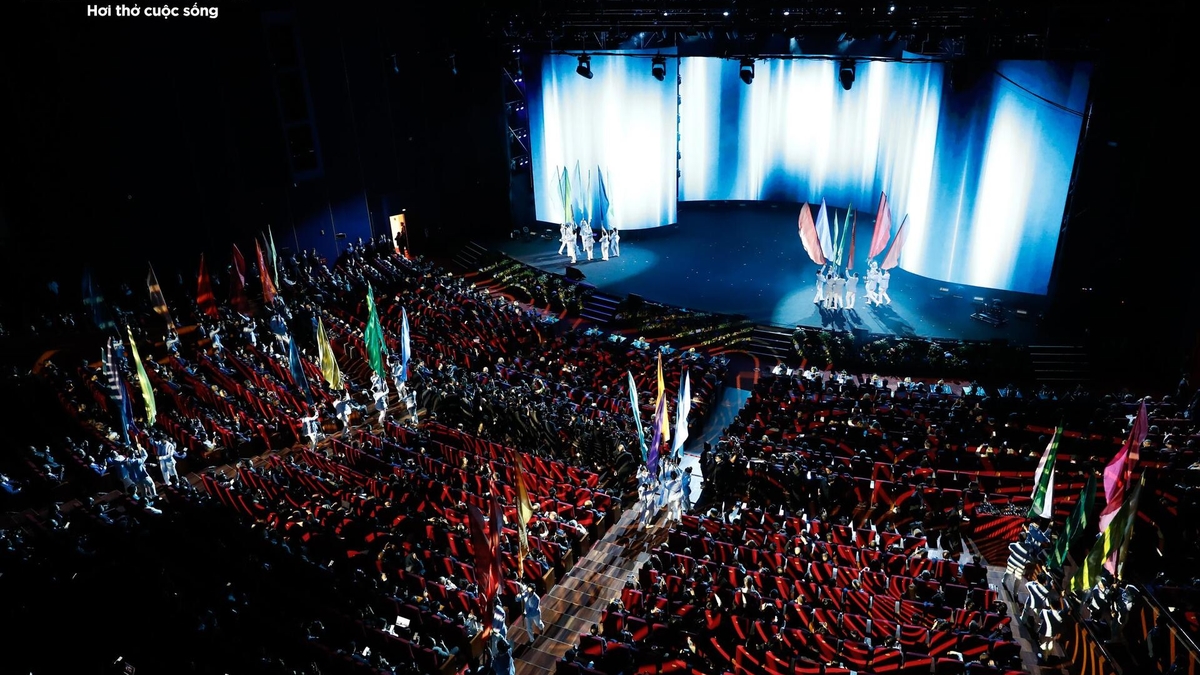
![[Photo] General Secretary To Lam meets with General Secretary and President of Laos Thongloun Sisoulith](https://vphoto.vietnam.vn/thumb/1200x675/vietnam/resource/IMAGE/2025/10/25/1761380913135_a1-bnd-4751-1374-7632-jpg.webp)





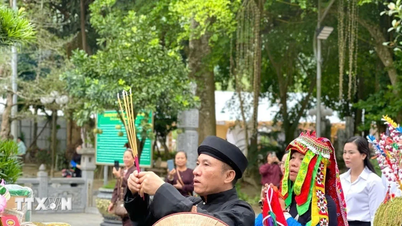




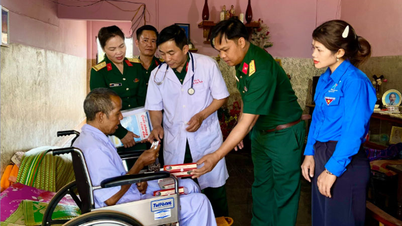
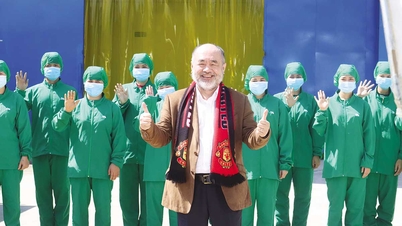

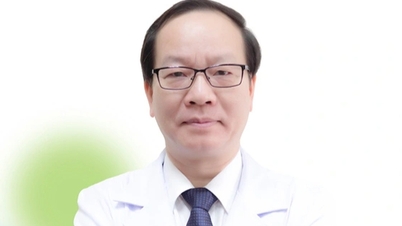




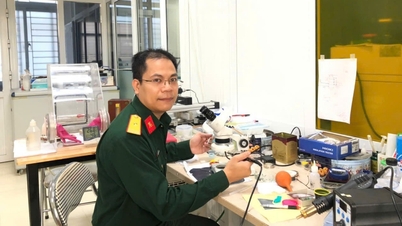



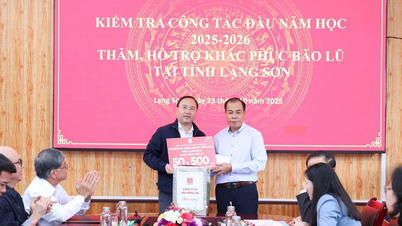

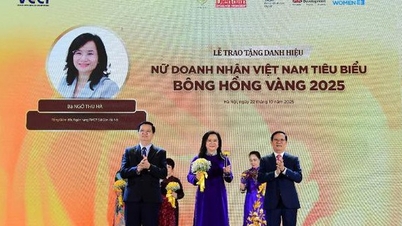



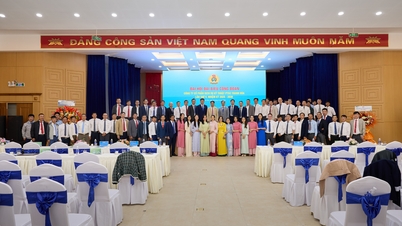
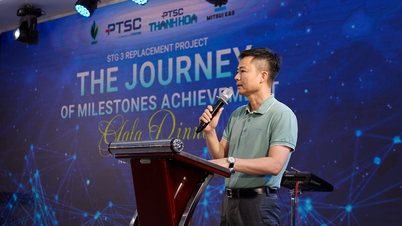

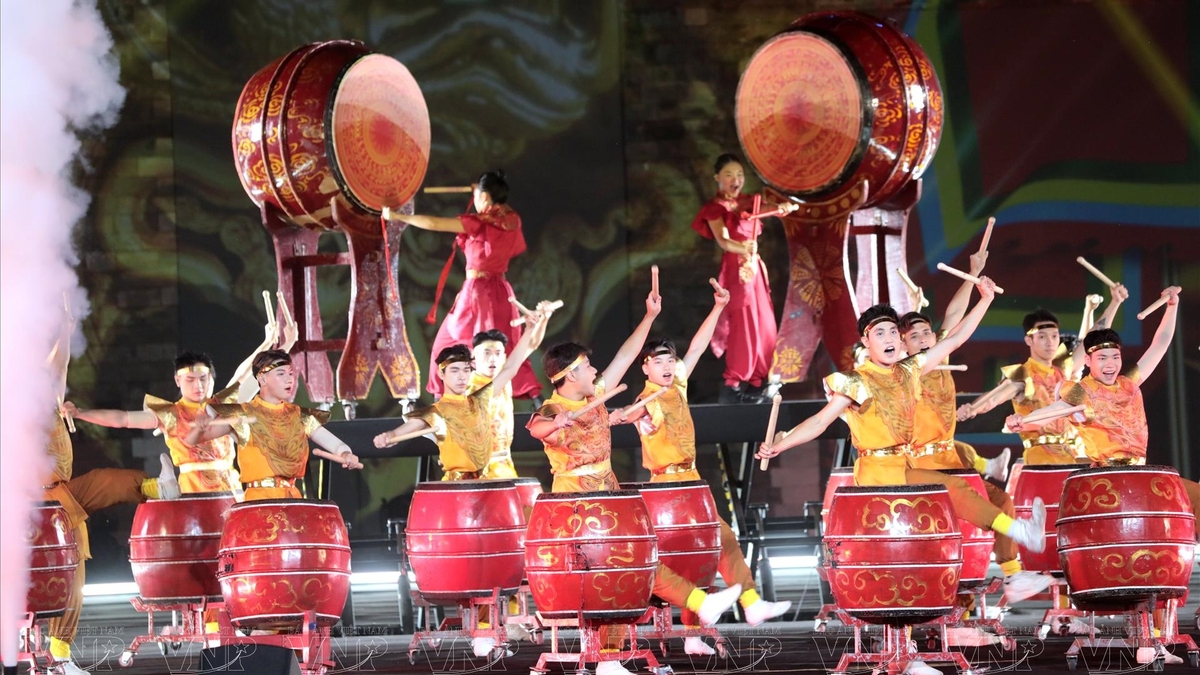
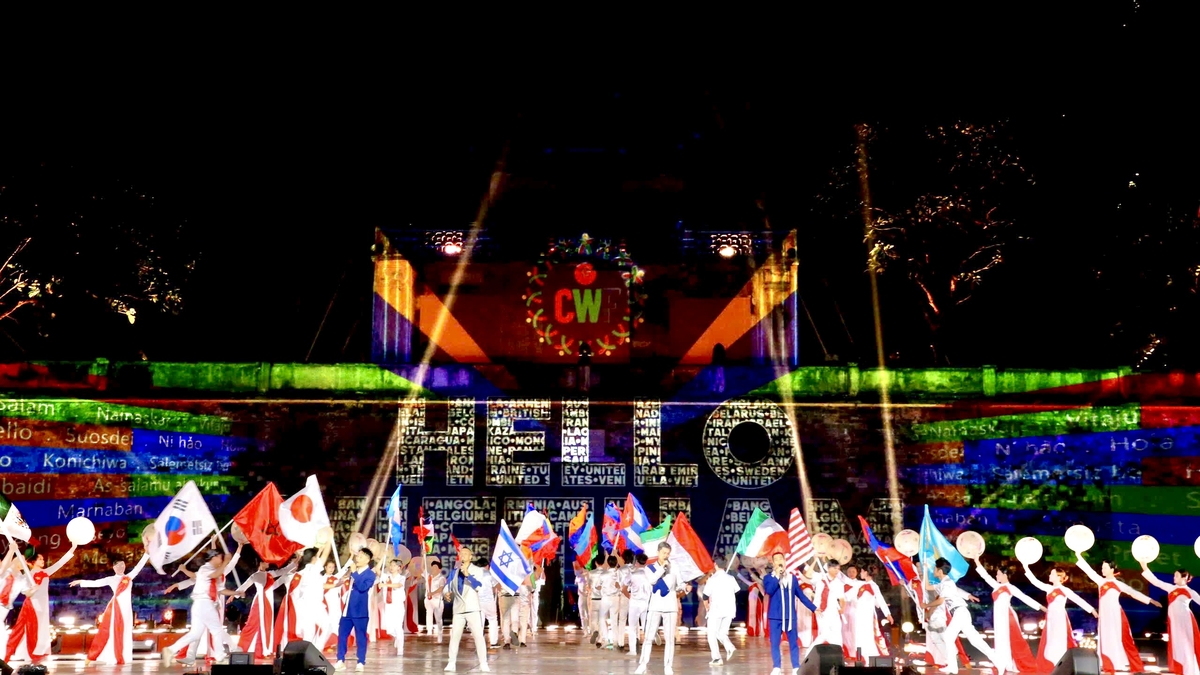



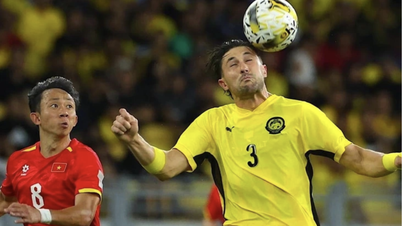
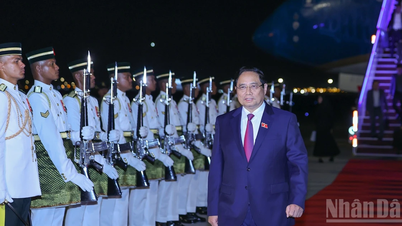
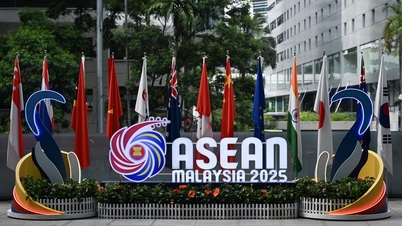
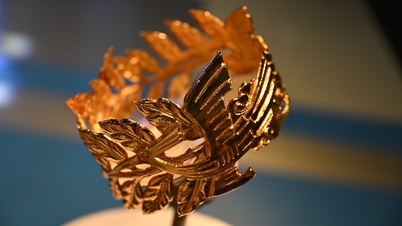

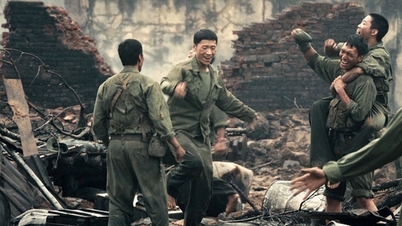
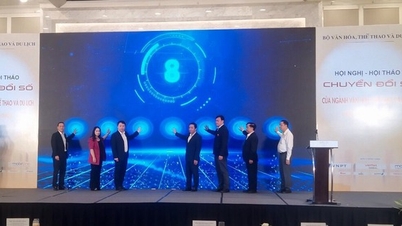

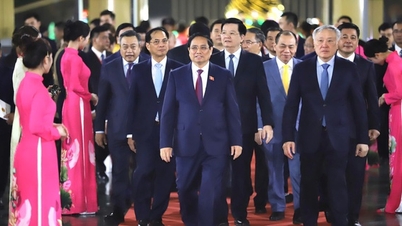
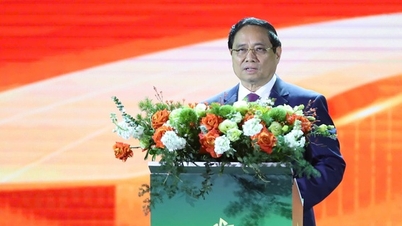





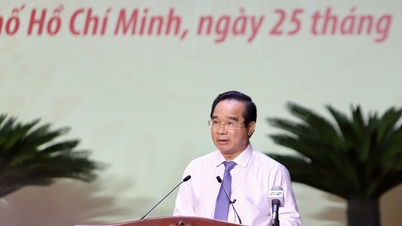


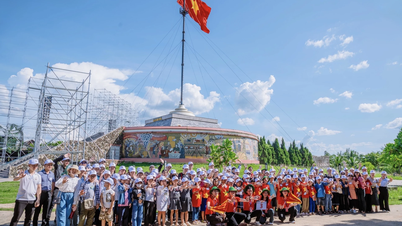

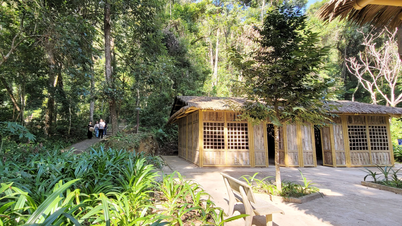
















Comment (0)